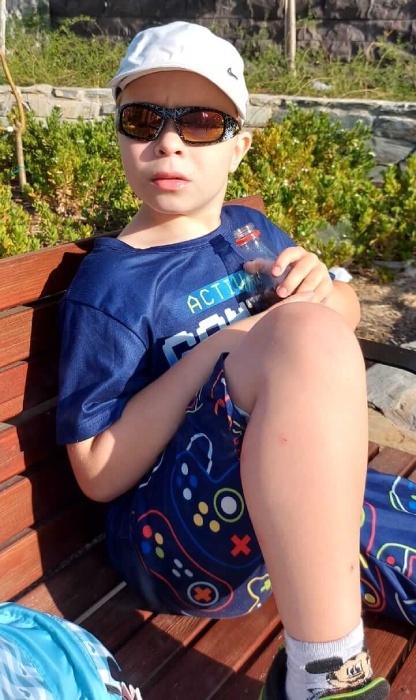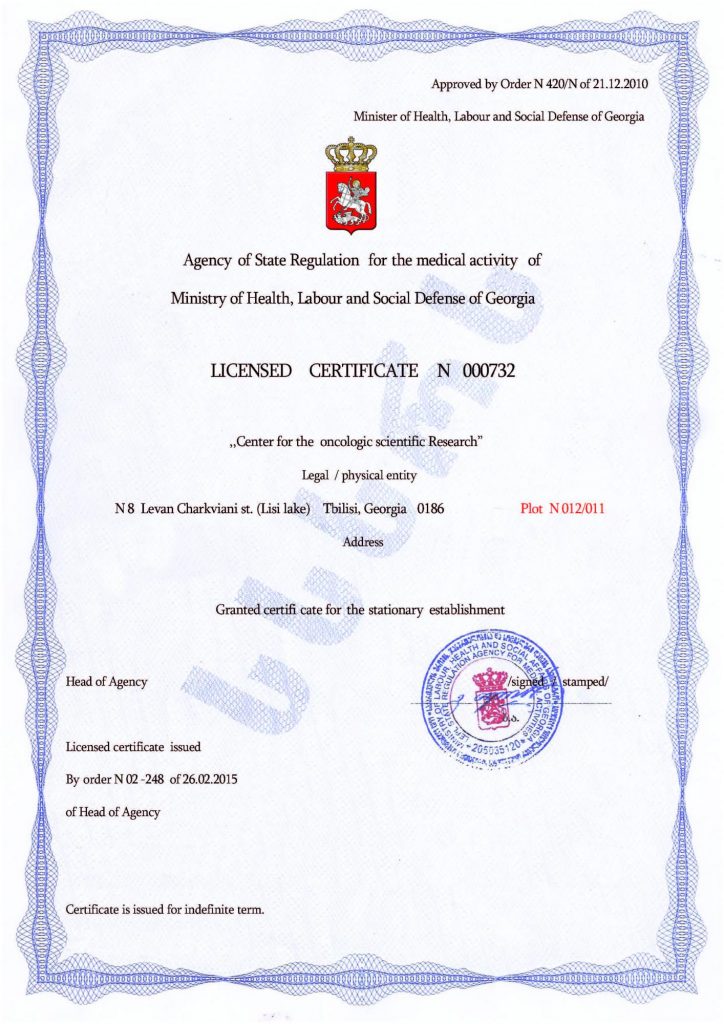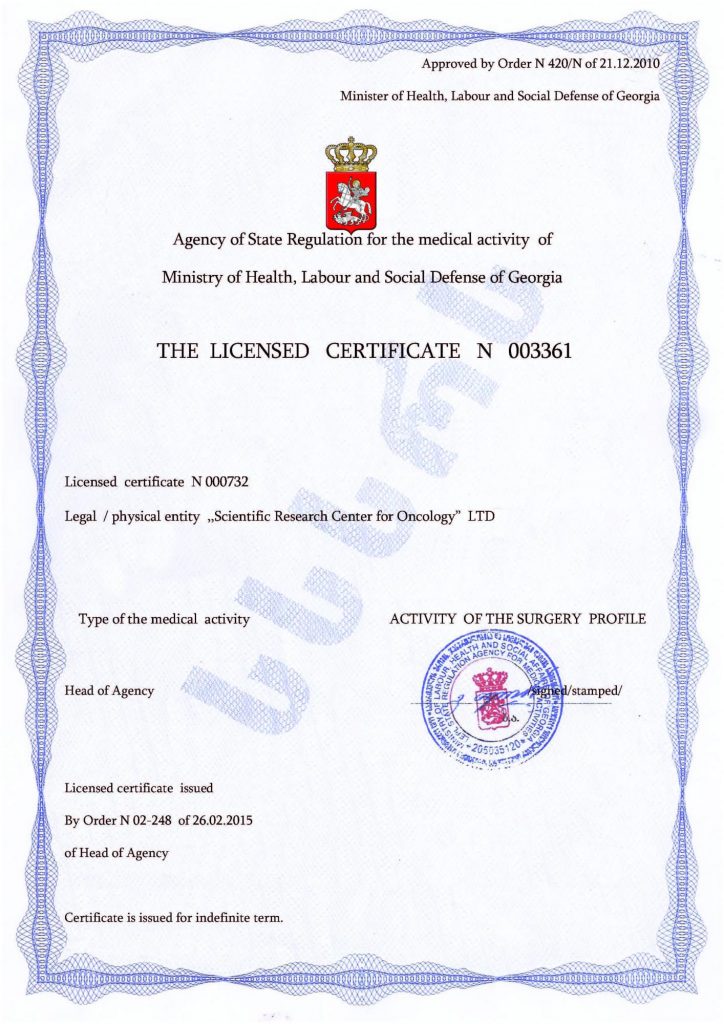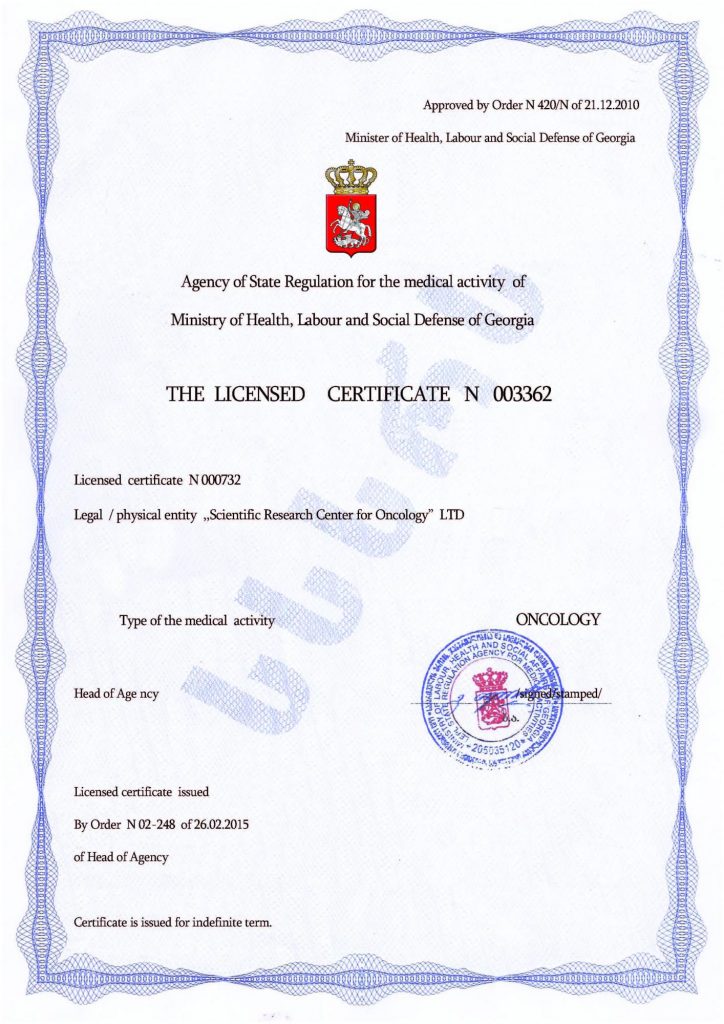How to Teach an Autistic Child to Use the Potty
Mothers of children with ASD know that teaching such a child to use the toilet independently is a rather difficult task that requires time, patience, and effort. Potty training for a child with autism typically occurs at a later age than for a neurotypical child. The correct answer to the question of how to teach an autistic child to use the potty is—teach them to use the toilet directly! Autistic children respond well to consistency and strongly resist changing habits. Time spent teaching potty training will be wasted when it will be necessary to start over, but now with the toilet. For a child with ASD, it will be difficult to go to the bathroom when visiting someone if there is no potty.
How to Determine the Readiness of an Autistic Child for Toilet Training?
Before determining the readiness for independent toilet visits, it is important to observe certain signs of psychological maturity. In a typical child, these signs appear between the ages of 18 months and 3 years. A child with ASD may experience a delay.
- The child’s bowel movements become regular over a long period of time.
- The diaper stays dry for more than 2.5 hours.
- The child tries to remove their diaper independently.
- The child can sit on the toilet for at least a few minutes without assistance.
- The child experiences discomfort from wet diapers.
- The child tries to imitate actions of adults or older siblings.
- The child can follow simple 2-3 step instructions.
Rules for Toilet Training a Child with Autism and ASD
The first step in potty training is to create a visual guide for the child and a schedule for the adult to follow regarding the child’s toilet visits. A visual guide is literally a set of pictures that should be shown to the child. A toilet schedule will help the autistic child get used to completing the task more quickly.
The “6 Attempts” Rule: The child should be taken to the toilet at least six times a day. Start with short visits, each involving sitting on the toilet. Don’t wait for the child to feel the urge to go; be proactive in this process.
Avoid Stress: Training can be postponed if the child is experiencing stress or a crisis period. This includes illness or the need to prioritize other tasks.
Patience: Be patient and tolerant, even with unsuccessful attempts. The child should feel your involvement and support, not hidden irritation.
Rewarding: Motivate your child to achieve their goals and come up with a small reward for successful attempts to use the toilet.
It takes 21 days to form a habit. These days should be counted not from the start of training, but from the first successful attempts. It’s possible that a child with ASD will need more time.
Stem Cell Therapy for Autism – Therapy for Success
The Mardaleishvili Medical Center (Georgia) performs stem cell transplants for children with autism over the age of 3. To date, as a result of the transplant, 90% of young patients demonstrate consistent progress in the development of psycho-motor skills, cognitive abilities, and there is a start in speech development. Stem cells have the ability to replicate any cells in the body. Stem cells help to recreate lost neural pathways in the brain of a child with autism. Children who could not speak begin to say their first words, and children whose vocabulary consisted of only a few words begin to confidently speak in sentences. Over the course of the year following the procedure, the cumulative effect of the treatment becomes evident.
Get more information about the procedure from the specialists at the Mardaleishvili Clinic!
Autism Treatment Center Videos
Autism treatment with own stem cells
Cord blood association congress
International Quality Crown
Autism Treatment Reviews
Autism treatment with own stem cells
The story of Alessandro (6 years old)
Autism Patient Testimonial - Stem Cell Treatment
Clients Testimonials

Anna – Sasha’s mother Read More
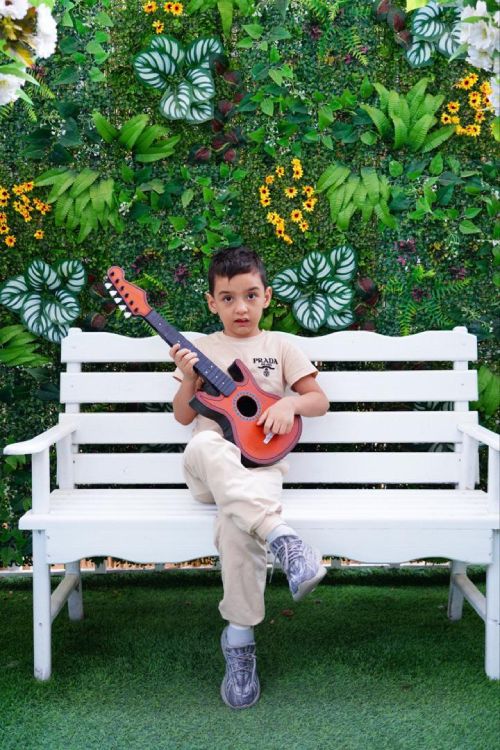
Amirkhon’s father — Tokhir Read More
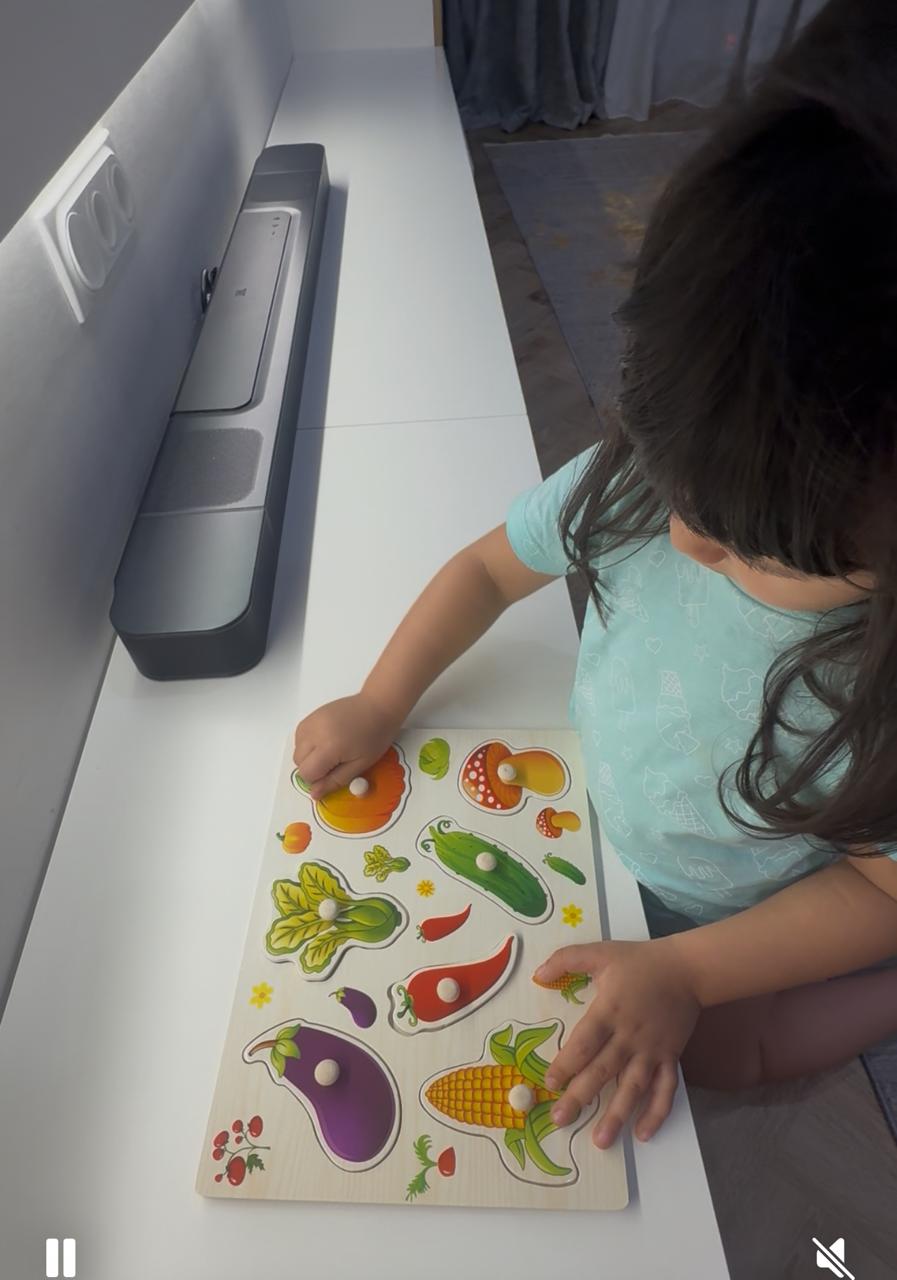
Dilana’s mother Read More

Irina and Stefan – Ilya’s parents Read More

Kristina – mother of Nelly and Nik Read More
